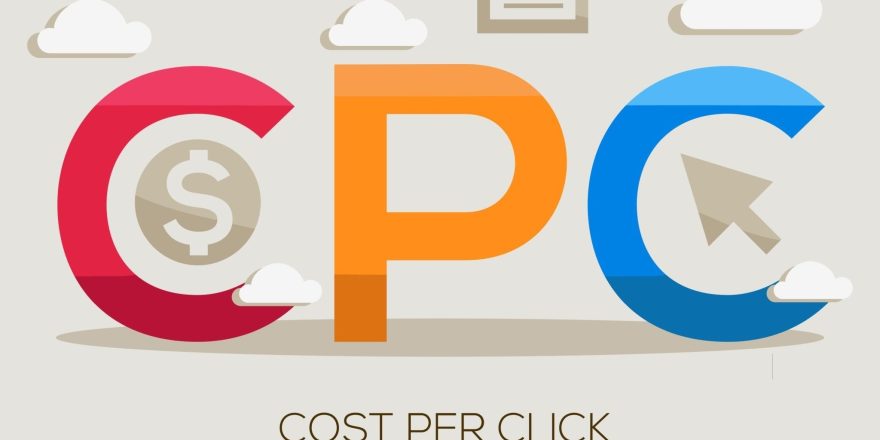Introduction
In today’s fast-paced digital world, website page speed is a critical factor that directly influences user experience, SEO rankings, and ultimately, the success of your online presence. Slow-loading websites can lead to high bounce rates and decreased conversions. To ensure your website remains in top form, it’s essential to focus on optimizing page speed continuously. In this blog post, we’ll discuss seven powerful steps to keep your website consistently optimized for fast loading times.
1. Regularly Monitor Page Speed Performance
The first step in maintaining an optimized website is to regularly monitor your page speed performance. There are various tools available, such as Google’s PageSpeed Insights, GTmetrix, and Pingdom, that can provide detailed insights into your website’s loading times and performance metrics. Use these tools to benchmark your website’s current performance and track changes over time.
2. Optimize Images and Media Files
Large image and media files are common culprits behind slow-loading websites. To ensure your site remains optimized for page speed, follow these image and media optimization best practices:
- Compress images: Use image compression tools like TinyPNG or ImageOptim to reduce file sizes without compromising quality.
- Choose the right format: Select appropriate image formats (JPEG, PNG, WebP) based on the content and required quality.
- Implement lazy loading: Lazy loading allows images and media to load only when they become visible in the user’s viewport, reducing initial page load times.
3. Minimize HTTP Requests
Each element on a web page, including images, scripts, and stylesheets, requires an HTTP request to load. Minimizing these requests can significantly improve page speed. Consider the following strategies:
- Combine CSS and JavaScript files: Reduce the number of separate CSS and JavaScript files by consolidating them.
- Use asynchronous loading: Load non-essential scripts asynchronously to prevent them from blocking the rendering of your page.
- Utilize browser caching: Leverage browser caching to store frequently used assets locally, reducing the need for repeated downloads.

4. Optimize Code and Scripts
Clean and efficient code can contribute to faster page loading times. Follow these steps to optimize your website’s code and scripts:
- Minify CSS and JavaScript: Minification removes unnecessary whitespace and comments from code, reducing file sizes.
- Remove render-blocking scripts: Identify and address scripts that block the rendering of your page.
- Use Content Delivery Networks (CDNs): CDNs distribute your website’s content across multiple servers globally, reducing the physical distance data needs to travel.
5. Prioritize Critical Content
To improve the perceived speed of your website, prioritize the loading of critical content. This ensures that users see essential elements of your page quickly, even if non-essential elements load later. Consider the following techniques:
- Inline critical CSS: Include critical CSS directly within your HTML to render essential styles immediately.
- Optimize above-the-fold content: Load above-the-fold content first, focusing on the elements users see when they initially visit your site.
- Use asynchronous loading for non-essential content: Defer the loading of non-essential content, such as social media widgets or tracking scripts, until after the page has fully rendered.
6. Implement Content Delivery Networks (CDNs)
Content Delivery Networks (CDNs) are a valuable asset for maintaining fast page speeds. CDNs store copies of your website’s files on multiple servers in various geographic locations, allowing users to access your content from a server closest to their location. This reduces latency and improves loading times. Popular CDNs include Cloudflare, Amazon CloudFront, and Akamai.
7. Regularly Review and Update Your Website
Web technologies evolve continuously, and outdated components can slow down your website. Regularly review your website’s architecture, plugins, and third-party integrations to ensure they are up to date. Consider the following:
- Update CMS and plugins: If you’re using a Content Management System (CMS) like WordPress, ensure that both the core system and plugins are current.
- Remove unnecessary elements: Regularly review your website for outdated content, plugins, and features that are no longer necessary.
Conclusion
Website page speed optimization is an ongoing process that requires vigilance and a commitment to delivering the best possible user experience. By continuously monitoring performance, optimizing media files, minimizing HTTP requests, cleaning up code, prioritizing critical content, implementing CDNs, and regularly reviewing and updating your website, you can ensure that your site remains fast and responsive to users. Keep in mind that a faster website not only enhances user satisfaction but also positively impacts your search engine rankings and business success in the digital age.





